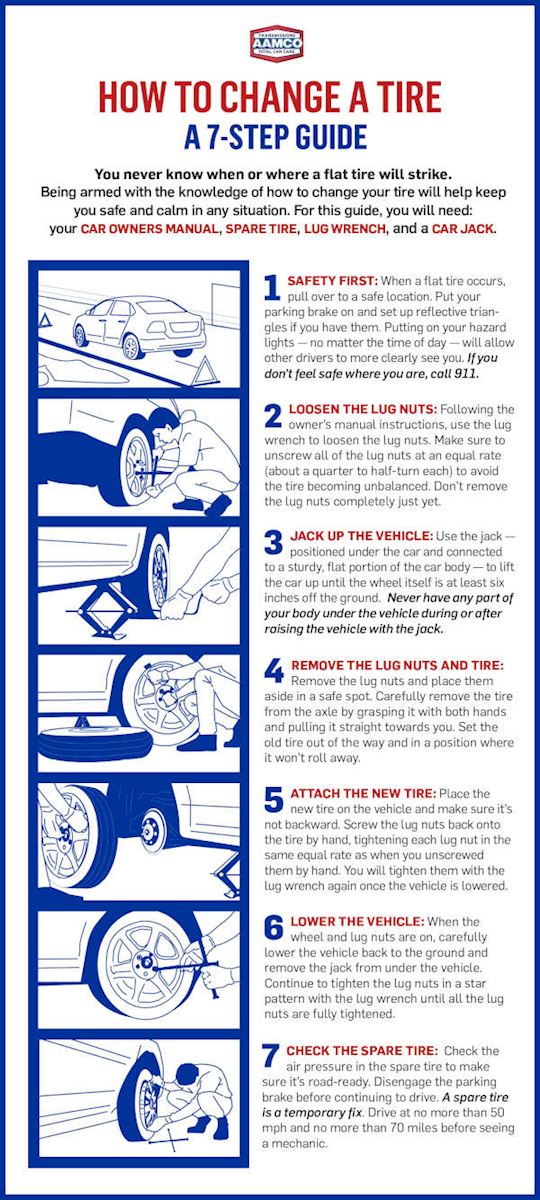So, you got distracted while you were filling up your tires and accidentally added way too much air. Or, perhaps a friend told you that overinflated tires could improve your gas mileage. The truth is, whatever the reason for it, driving on overinflated tires can be damaging for your car and dangerous for you. Here’s what happens when you put too much air in your tires, and what you can do to restore proper tire inflation. The fix is quick and easy!
There are a variety of issues that can occur if you drive on overinflated tires. Most seriously, overinflated tires are at greater risk for a blowout. A tire blowout can cause you to lose control of your vehicle and negatively affect braking distance, endangering yourself and others on the road.
Additionally, many of the safety features on your vehicle, like your anti-lock braking system, are designed to work when tires are filled to the vehicle manufacturer recommendations. Overinflated tires could compromise some of your car’s driver assistance functions.
Overinflating your tires can make them more vulnerable to damage. Like an overfilled balloon, tires filled to their maximum capacity are more stiff and inflexible, which makes them more susceptible to damage from potholes, curbs, or debris. Plus, as a driver or passenger, you’ll feel every bump and dip in the road, and that doesn’t make for a pleasant ride.
Excessive air pressure can also distort the shape of the tire, leading to decreased traction and increased wear and tear down the center of the tire. Depending on the circumstances, repeatedly overinflated tires could wear out more quickly.
A tire bulges in the center of the tread when you overinflate it. The only part of the tire touching the road is a small, skinny patch down the middle. In theory, "this should mean less rolling resistance and increased mileage," notes Popular Mechanics. But in reality? It means center tread wear, an uncomfortable ride, and increased risk for a blowout.
Note that a few PSI over your recommended tire pressure generally won't put you in the danger zone. After all, tire pressure fluctuates with the outside temperature. Your goal is to stay at your car manufacturer’s suggested cold tire pressure.
Alright, so what happens when you figure out you’ve overinflated your tires? Don't worry—fixing this air pressure problem is a breeze. To get the most accurate tire pressure reading and inflation, follow these steps when your tires are "cold," either in the morning or after the car has been sitting for a few hours. Topping off warm tires may result in over-inflation. Likewise, checking the inflation pressure when the tires are warm may incorrectly suggest the tires are already over-inflated.
 Use this, or a similar tool, to press down on the pin firmly. This will release air from the tire.
Use this, or a similar tool, to press down on the pin firmly. This will release air from the tire.Many vehicles have tire-pressure monitoring systems, which will alert you with a TPMS dashboard light when significant underinflation occurs. However, the dash icon only lights up when tire pressure drops 25% or more below the manufacturer's recommended level.
There are a few places you can find your recommended tire pressure:
The recommended tire pressure is the optimal pressure for tires on your specific vehicle. It's calculated by the manufacturer using the total weight and size of your vehicle, its towing and payload capacity, and recommended tire size. Sticking to this number can help you get the best performance from your tires and extend tire lifespan.
It's calculated by the manufacturer using the total weight and size of your vehicle, its towing and payload capacity, and recommended tire size. Sticking to this number can help you get the best performance from your tires and extend tire lifespan.
Don’t underestimate the importance of proper tire inflation. Keeping your tires at the manufacturer’s recommended tire pressure is key to keeping you safe on the road and getting your money’s worth out of your tires.
Remember, no job is too small for us! Visit your local Firestone Complete Auto Care for a free tire pressure check, we’ll help you inflate (or deflate!) your tires.
Japanese Used Cars TOP > BLOG > Car Maintenance > The Easy Way to Let Air Out of your Car Tires
by Carusedjp
Last Updated on 9月 23, 2022 by Carusedjp
Many car owners think that when they over inflate their tires, they can expect better fuel efficiency and more responsive handling.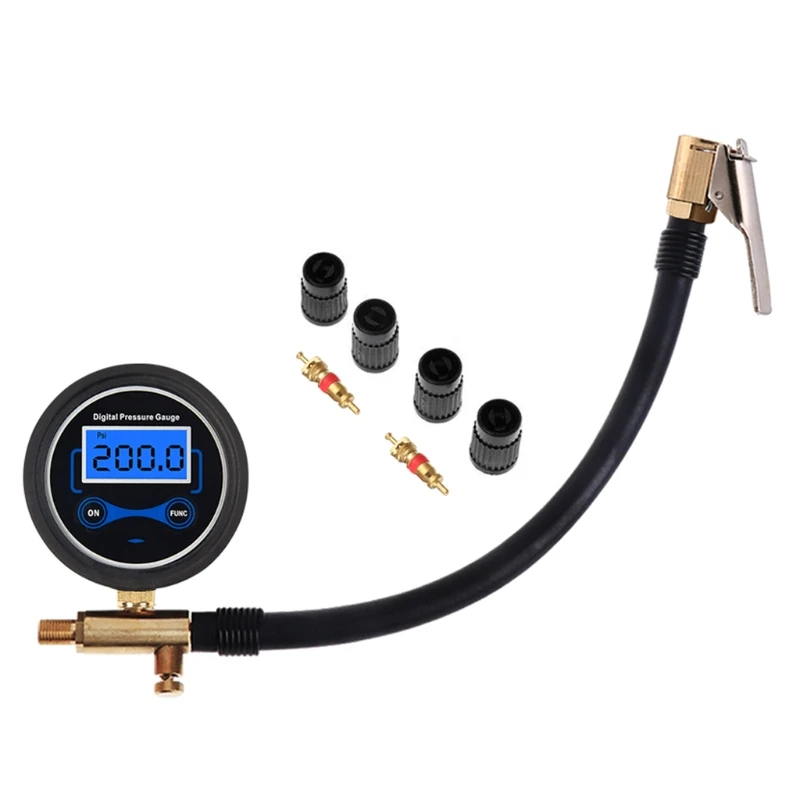 Even those who buy used trucks for sale that over inflating their tires would improve the condition of their vehicle. However, the truth is that over inflated tires can be dangerous.
Even those who buy used trucks for sale that over inflating their tires would improve the condition of their vehicle. However, the truth is that over inflated tires can be dangerous.
If you want the best fuel efficiency and handling possible for your vehicle, then it would be advisable to follow the manufacturer-recommended tire pressure level. Your manual will tell you what the optimum tire pressure for your car is. Keep in mind that these numbers were determined through a series of tests and studies for each car model, with consideration to the following factors:
Search Japanese Used Cars
When you exceed the manufacturer-recommended pressure levels, your tires will wear out sooner than expected. It is worth noting that tires tend to round out on the tread section when they are over inflated. Consequently, the center wears out at a faster rate than the outer edges._0.jpg) It is possible that your tires will only reach half their actual lifespan.
It is possible that your tires will only reach half their actual lifespan.
Aside from that, over inflating your tires can also cause traction loss. Even when you drive on regular roads and conditions, over inflated tires can cause your vehicle to lose traction. This would lead to accidents. This problem becomes especially evident during the winter season. Your rides can become harsher as well. When tires are over inflated, they tend to give a bumpier rider. Needless to say, you will feel every dip in the road.
It is recommended for every driver to own a digital tire gauge. This is one of the items you can keep in the glove compartment. You can also keep a notebook where you can write down the tire pressure and the fuel economy. Here are the steps in checking your tire pressure:
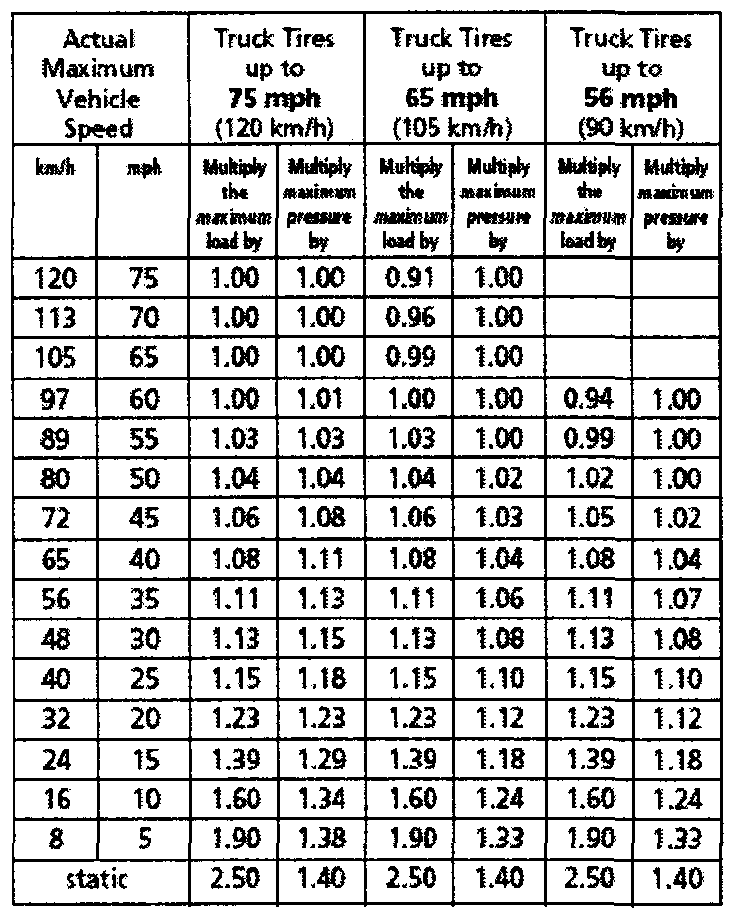
Find Used Trucks here!
As we’ve mentioned, you will find the manufacturer-recommended pressure level on the tire’s sidewall. Here’s how to let air out of over inflated tires:
 Make sure you attach the cap back to the valve stem.
Make sure you attach the cap back to the valve stem.How to Buy Japanese Car
Share this article:
Previous
Next
The only correct solution in this situation would be to bring the system to a fully operational state.
Have you inflated your tires to the correct level, but the TPMS light is still on? This can happen for a variety of reasons, and resetting the TPMS can help in this case.
The TPMS light may be on or flashing when starting or while the vehicle is in motion. This is usually due to:
This is usually due to:
If air pressure or air temperature suddenly increases/falls strongly, the tires react to this. The pressure in one or more tires may increase / decrease so much that the TPMS indicator lights up.
The most likely reason for the TPMS light to come on is loss of tire pressure due to an air leak.
Where is the tire pressure sensor?
The sensor is located inside the tire and attached to the inside of the rim. If you take the tire off the rim you will see it.
Tire pressure sensors have batteries, if the TPMS light is flashing, the sensor's battery may be low and will need to be replaced soon.
Below are the reset options for some car models.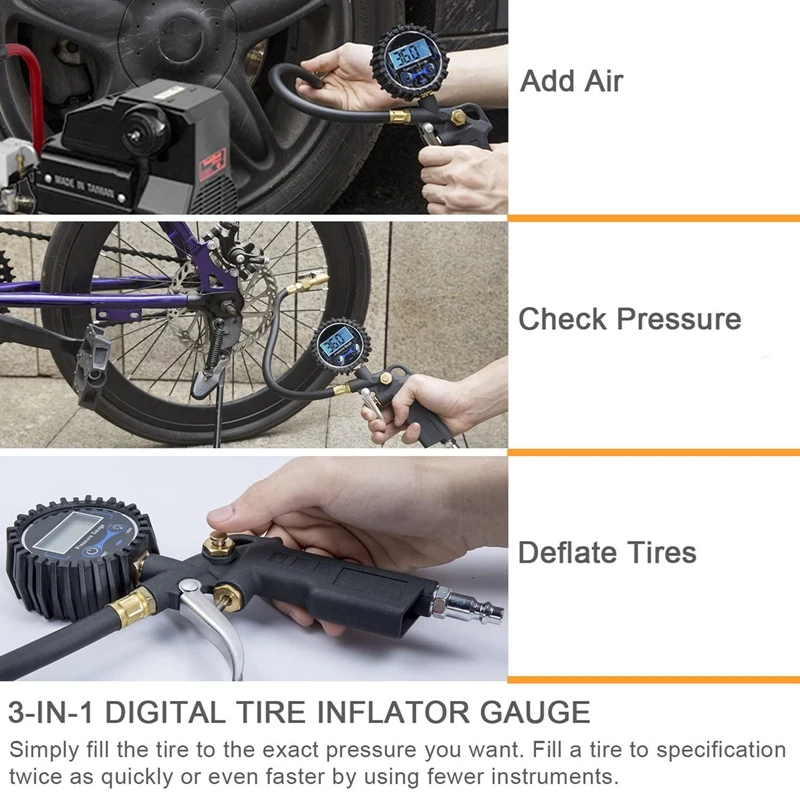 To find out if it is possible to use these reset options, you need to refer to the instruction manual for your car.
To find out if it is possible to use these reset options, you need to refer to the instruction manual for your car.
After you have inflated the tires, the TPMS indicator should turn off by itself. If it doesn't, try resetting it using one of the following methods:
Drive at 80 km/h or more for 10 minutes. This should reset the TPMS light the next time you start the car.
Stop the car, then turn on the ignition, but do not start the car. Hold down the TPMS reset button (if your vehicle has one) until the indicator blinks three times, then release it. Start the car and wait 20 minutes until the information from the pressure sensors is updated. The TPMS reset button is usually located under the steering wheel. If you cannot find it, please refer to your vehicle owner's manual.
Inflate the tires to 0.2 bar above the recommended pressure, then deflate them completely after jacking up the vehicle. Do the same with the spare tire (if it also has a TPMS sensor). Then, re-inflate the tires to the recommended pressure.
Then, re-inflate the tires to the recommended pressure.
With the engine off, disconnect the cable (+) from the battery. Turn the ignition on and honk for three seconds - this will use up the remaining power from the car's electrical circuit. Then reconnect the battery.
Important!
For many car models, the reset procedure can only be performed with specialized equipment. In this case, you will most likely need to contact your dealer or TPMS service technicians.
Category: Tire pressure
Article reading time: 4 minutes
Bookmark this
The Japanese crossover Mazda CX5 was the first car of the Skyactiv Technology concept. It declares high safety criteria while reducing the total mass of the vehicle.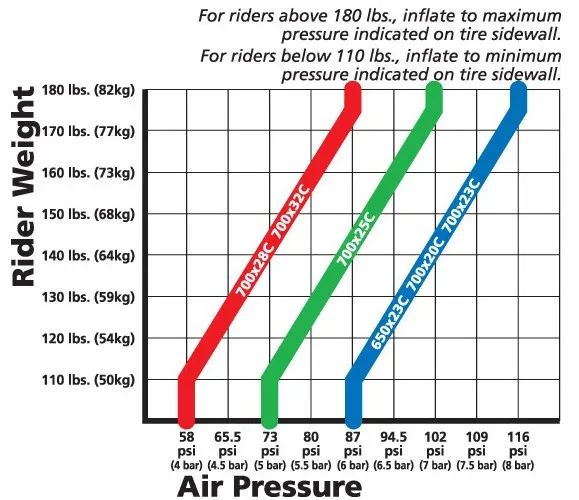 In accordance with this concept, even the basic Mazda CX5 was equipped with tire pressure monitoring sensors, as well as other safety protections.
In accordance with this concept, even the basic Mazda CX5 was equipped with tire pressure monitoring sensors, as well as other safety protections.
Worn-out tires are the catalyst for many accidents, and the most serious tread damage occurs with over-inflated or flat tires. In the first case, the center of the treadmill burns out - because of this defect, the stopping distance and the number of accidents during emergency braking increase. In the second case, the edge of the tread is erased - this defect leads to a loss of traction when maneuvering.
However, incorrect tire pressure can lead to unpleasant consequences not only in the long term. A car driver who ignores the signals of the wheel control system faces the following problems:
 6-9.8 per 100 kilometers, the Mazda CX5 will “eat” up to 8-12 liters.
6-9.8 per 100 kilometers, the Mazda CX5 will “eat” up to 8-12 liters. If the tire pressure monitoring sensor on the dashboard is on, do not ignore it, but try to deal with the problem.
The wheel control system can be direct or indirect. The first technology relies on controllers built into the tire. The second system operates with data on the size of the wheel and the associated angular velocity. The designers of the Mazda concern opted for an indirect TPMS system.
The main components of the TPMS system are software and four sensors that control the angular speed of the wheel. A flat or over-inflated tire changes its outer diameter, which decreases or increases cornering speed. The control sensor checks this indicator while driving, and the software compares the received data with baseline values. If the basic values deviate, the signal “Tyre pressure error” lights up on the dashboard.
In order for the TPMS system to work, you need to initialize the software and sensors. Without prior activation and calibration, the number of false positives increases (the signal will be on even if the tire is properly inflated).
Summer Drive Protection Run On Flat Sound Comfort
Rating:
4.5
Tires Goodyear Eagle F1 Asymmetric 5
Summer Drive protection
Rating:
5
Tires Goodyear Eagle F1 Asymmetric 6
Summer Drive protection
Rating:
4.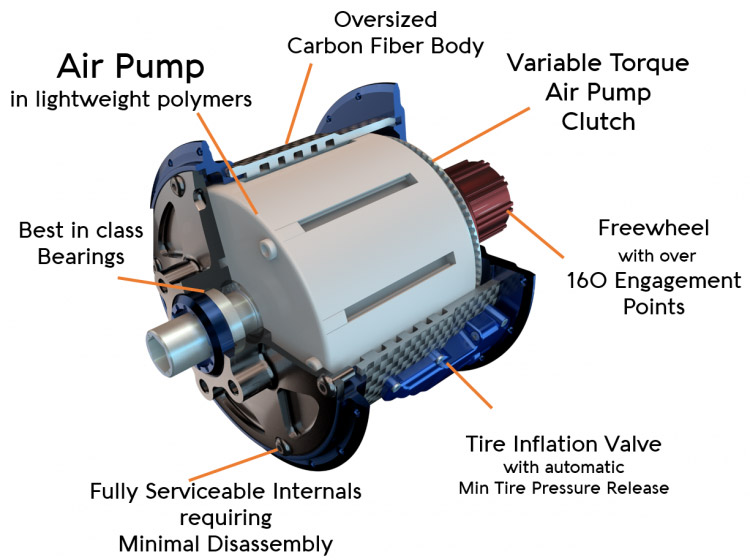 5
5
Tires Goodyear EfficientGrip 2 SUV
Winter Drive protection
Tires Goodyear UltraGrip Arctic 2 SUV
Winter Drive Protection Sound Comfort
Rating:
4.5
Tires Goodyear UltraGrip Ice SUV
Winter Drive protection
Tires Goodyear UltraGrip Performance+ SUV
All season Drive Protection Run On Flat
Rating:
4. 5
5
Tires Goodyear Vector 4Seasons Gen-3
Summer Drive Protection Sound Comfort
Tires Goodyear Eagle Touring
Winter Drive Protection Sound Comfort
Rating:
4.5
Tires Goodyear UltraGrip Ice Arctic SUV
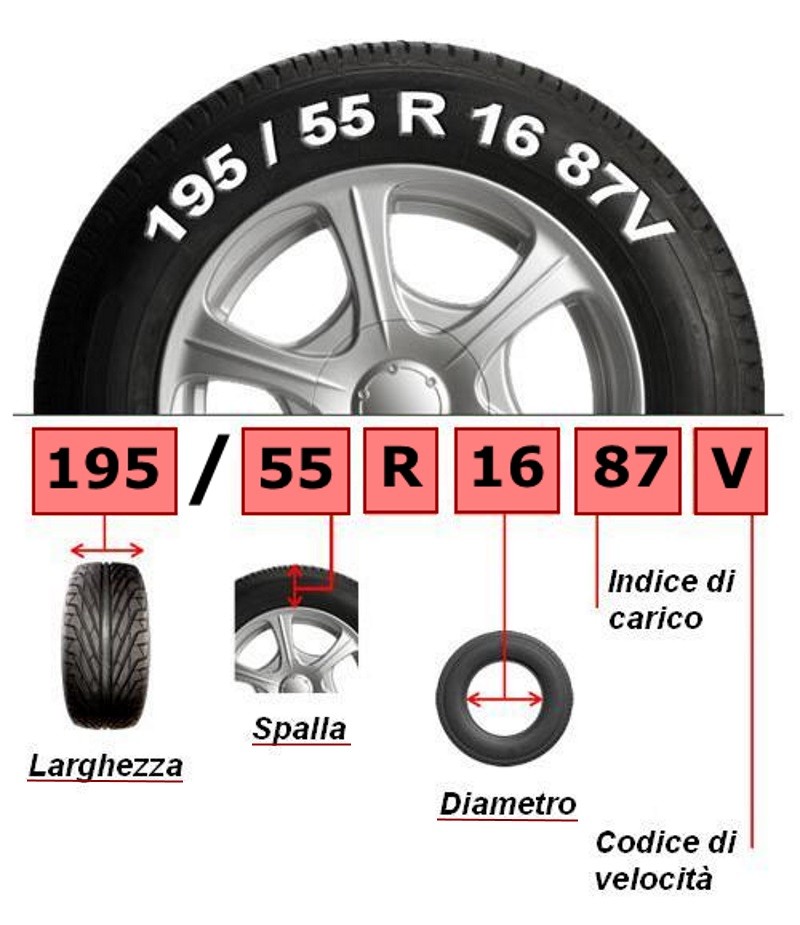 This will activate the onboard network to which the air control system is connected.
This will activate the onboard network to which the air control system is connected. An indirect TPMS system is not one hundred percent reliable way to control pressure. It happens that it gives an error in which the signal is on, and the pressure in the wheel is normal. Most often, such a failure occurs when tires of different models are installed on car rims.